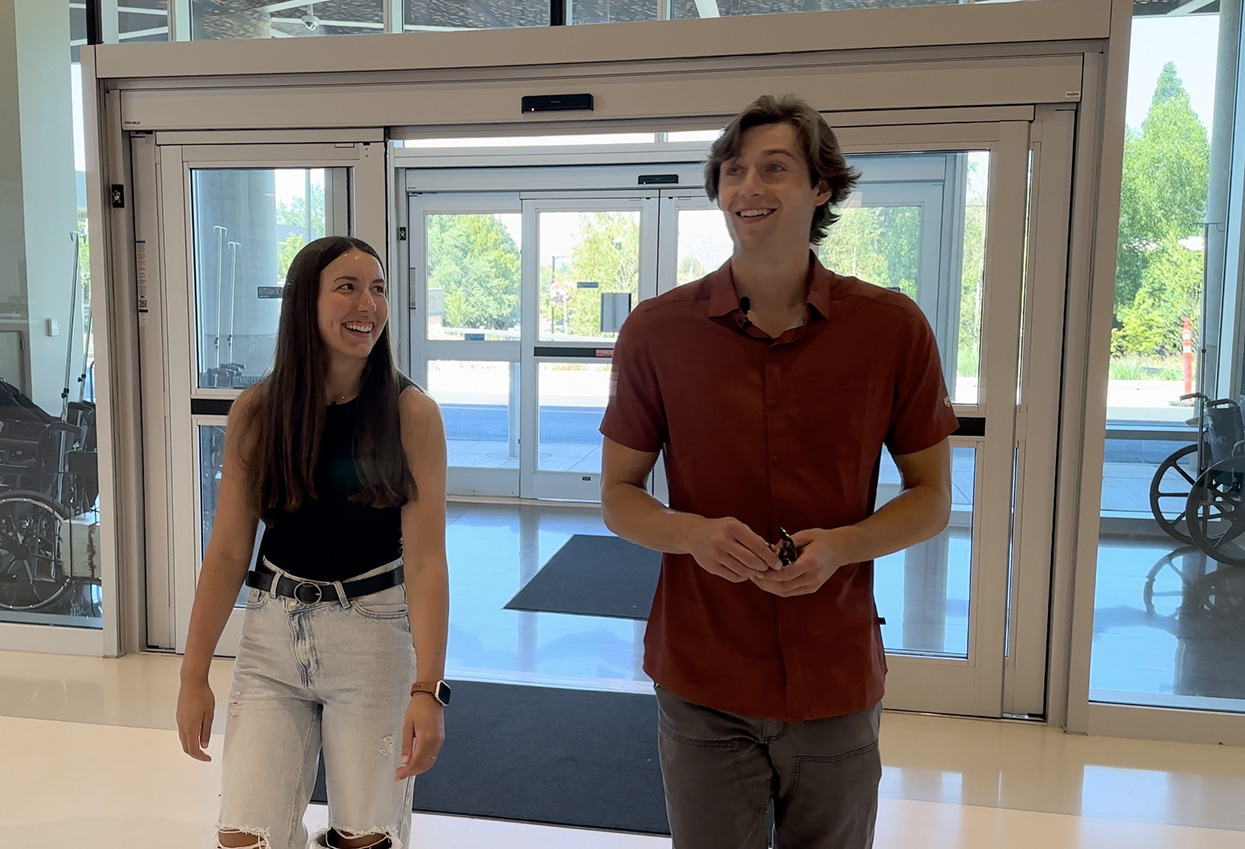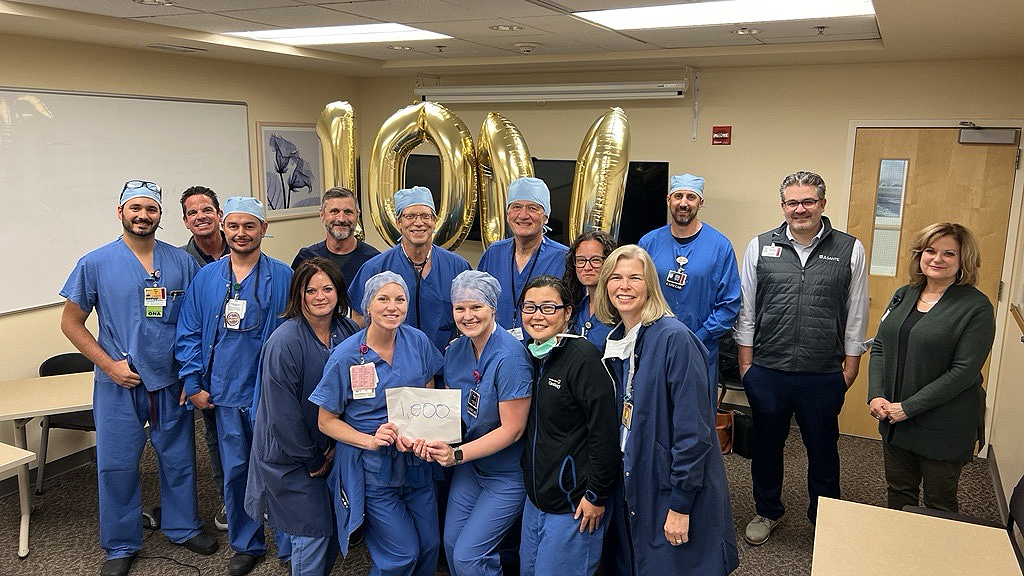Summary
Join us as we discuss the impact our increasing lifespans and diminishing physical activity have on our quality of life. We teamed up with Dr. Steven Hersch to unravel the significance of everyday tasks in enhancing life quality and actionable steps to boost your well-being. Equip yourself with his expert strategies to inject more movement into your daily diet.
As the human lifespan has expanded, our physical movements have contracted. Transportation, technology, conveniences and common ailments all conspire to diminish exertion in one’s twilight years.
Notions that exercise has an expiration date, however, are modern-day misconceptions, said an Asante expert on aging. Everyday activities that have long kept humans mobile into old age remain the best methods for not only extending one’s life but markedly improving it.
“People didn’t focus on exercise,” said Dr. Steven Hersch of previous centuries’ populations. “But people did a lot more walking, a lot more physical labor.”
Human history offers reassurance, Hersch said, that any musculoskeletal movement “counts.” Climb a flight of stairs, walk the dog or vacuum the living room rug, he said. Even making the bed is fairly strenuous.
“It’s not a lot, but it’s not a little,” said Hersch, who directs medical affairs for Asante Ashland Community Hospital.
“I tell people to walk. Don’t worry about how far you walk or how fast you walk.”
Get going and make it fun
Embarking on exercise is as simple as moving your body until you get tired, then do a bit more the next day, continuing to add minutes and build intensity, said Hersch. The ultimate goal for most people should be at least 150 minutes of exercise each week — or 30 minutes per day, five days per week.
“It’s something to structure your day around,” said Hersch. “Fitness is a social activity for many people.”
The social component, whether joining an aqua aerobics class or meeting likeminded people at the gym, is in itself a major contributor to a better quality of life. An exercise regimen that’s fun and engaging won’t feel like just another chore, said Hersch.
Set goals to gauge progress
Reaching “goals” is another motivator for patients who build wellness plans with Hersch and other staff at Asante Ashland. The goal could be returning to the level of fitness a patient enjoyed before falling and entering hospital care, said Hersch. It could be adapting walking routes to a new residential area or vacation itinerary, he said. Or it could be improving one’s balance enough to walk unassisted down the aisle at a grandchild’s wedding and then dance at the reception.
“It’s never too late to establish a physical fitness program,” said Hersch.
Fitness has four pillars: cardiovascular strength, flexibility and balance, that uphold overall health. Whole-body exercises, such as yoga and pilates, can promote all four. Or separate pursuits, think swimming, stretching and using resistance bands, can be interspersed throughout the week.
Older adults, in particular, need to incorporate all four to maintain their muscle mass, which declines with age, to achieve or maintain ideal body weight and to ward off chronic disease. With time, said Hersch, people gain ease in their daily routines, protection from falls and ultimately greater independence over longer periods of time.
“You need to do all of these things in concert,” said Hersch. “You have to be intentional about it, especially as we get older.”
Emphasize quality over quantity
Quantifying years that could augment one’s life through exercising is a highly variable calculation, said Hesrch. The correlation is clear, though, between an active old age and significantly better health compared with being sedentary. People who regularly exercise, at any age, improve their sleep, enhance their mental function and reduce their risk of depression.
“People report that they feel better,” said Hersch.
Adults beginning at low levels of fitness, particularly with symptoms of chronic conditions, such as chest pain should consult first with their doctors before putting exercise plans into action, said Hersch. When balance is an issue, he said, avoid walking on uneven surfaces. Residents of sloped streets, numerous in Ashland, who want to walk should seek out a local park or school track. Then just take it one step at a time.
“Study, after study, after study has shown: Just move.”
Take these steps to better health:
- Embrace walking: Integrate daily walks into your routine. Speed and distance aren’t as important as consistent movement.
- Set personal milestones: Clear goals, from attending gatherings to performing strenuous household tasks, keep you motivated.
- Seek expert guidance: Consult with healthcare professionals about new exercise routines for advice tailored to your health status.
- Foster social connections: Group activities, like dance classes or walking clubs, enrich an exercise routine.
- Maintain consistency and celebrate success: Aim for 150 minutes of weekly exercise and mark your achievements, prioritizing feelings of well-being over numeric indicators of health.









